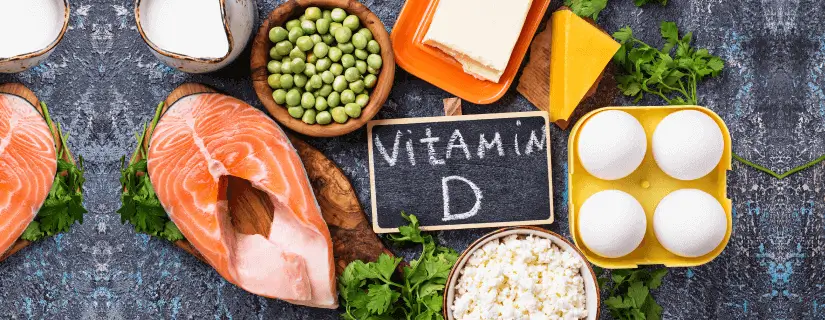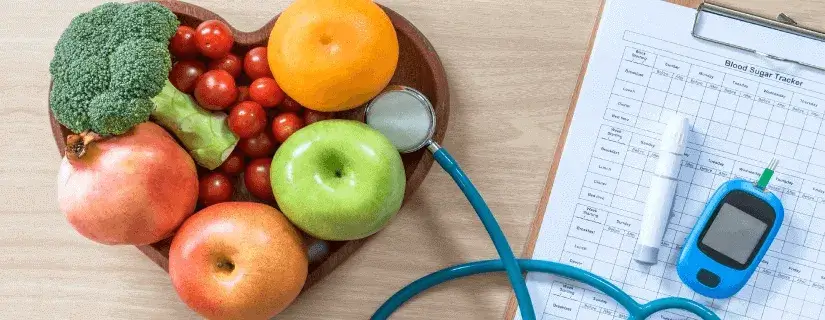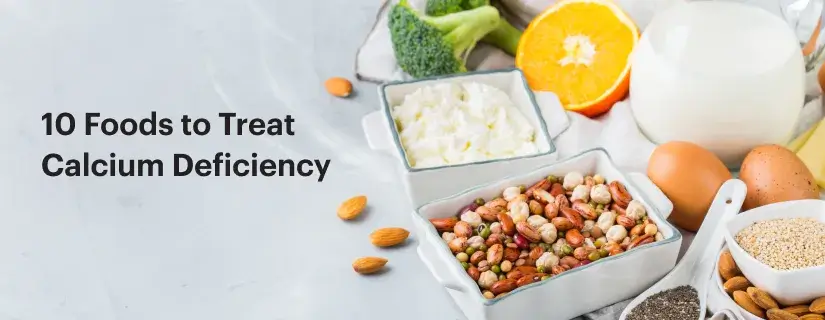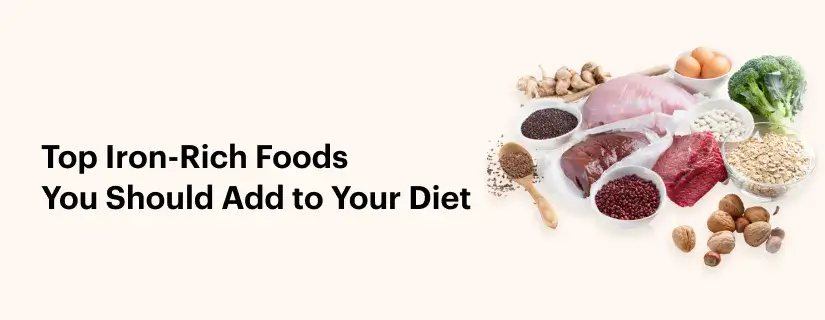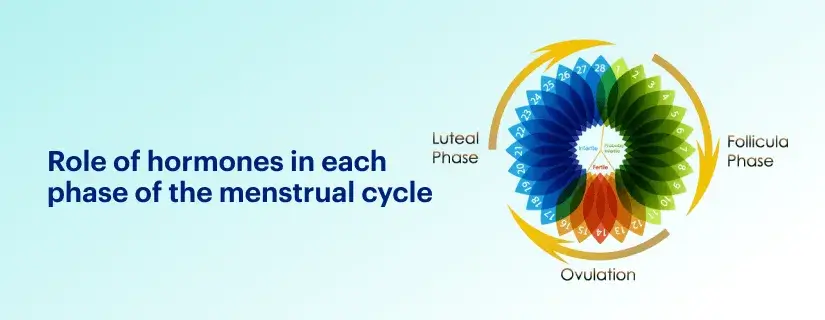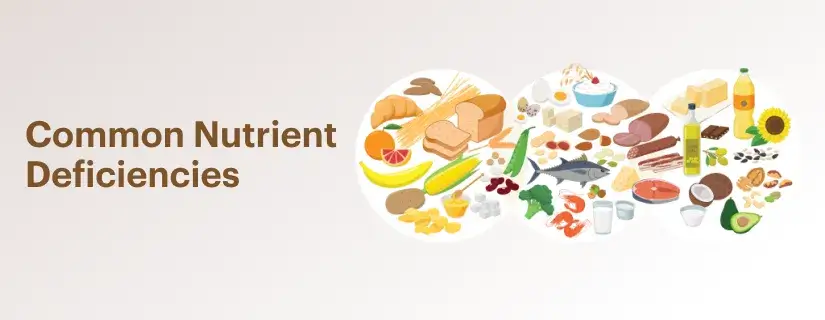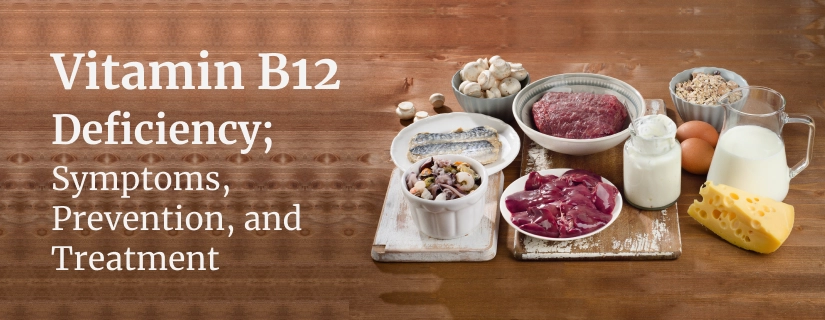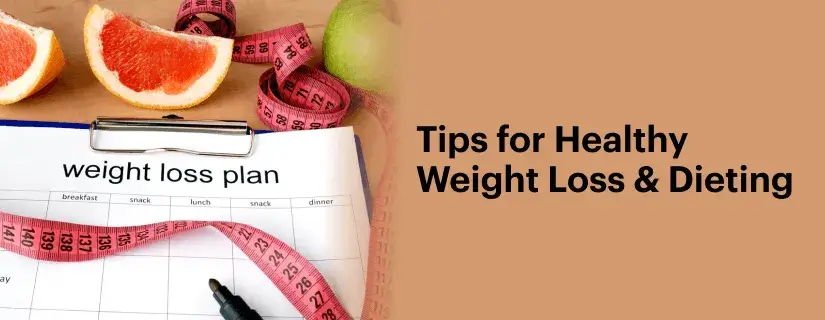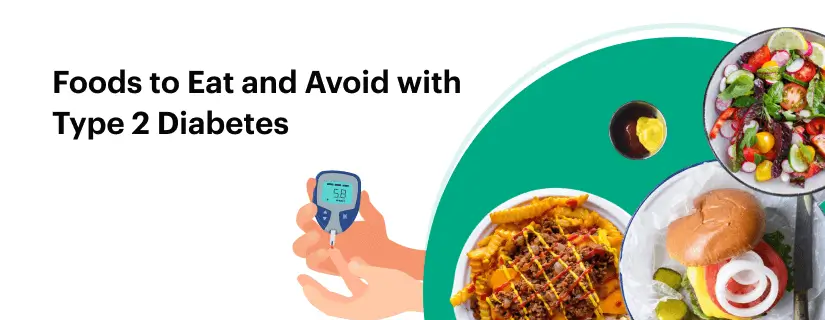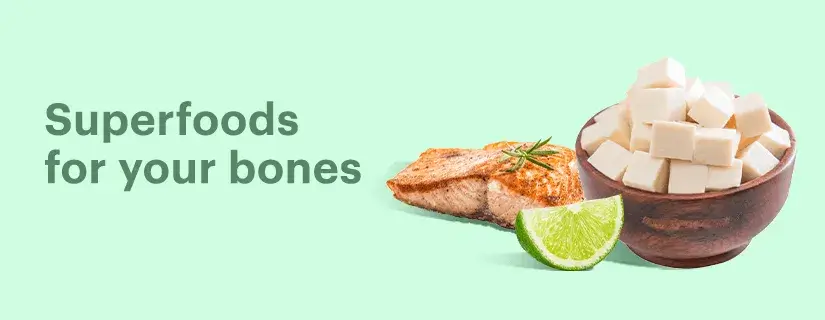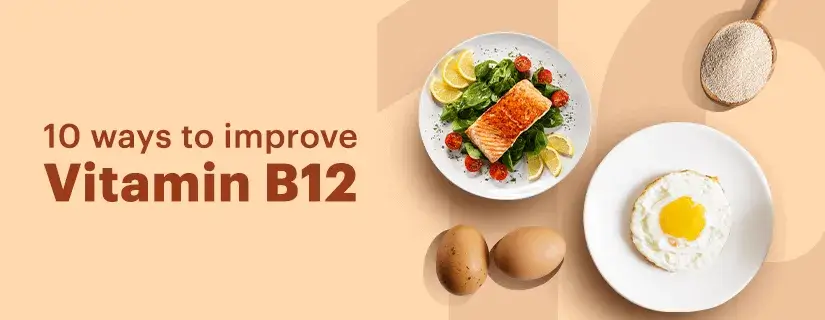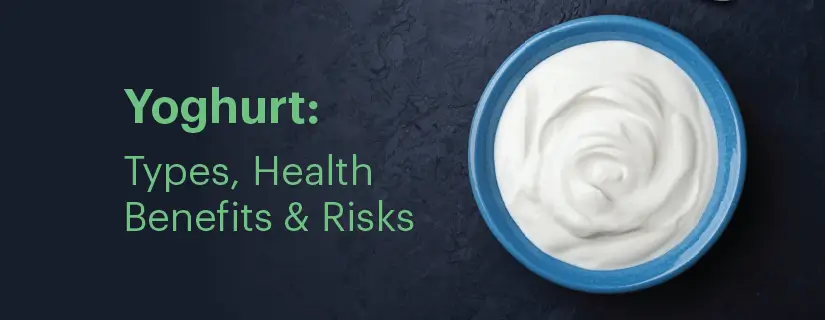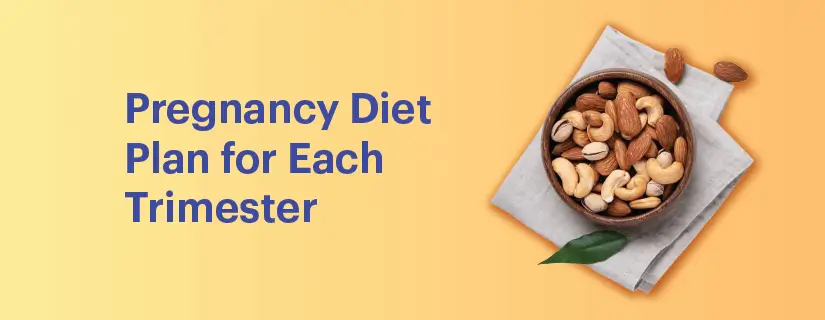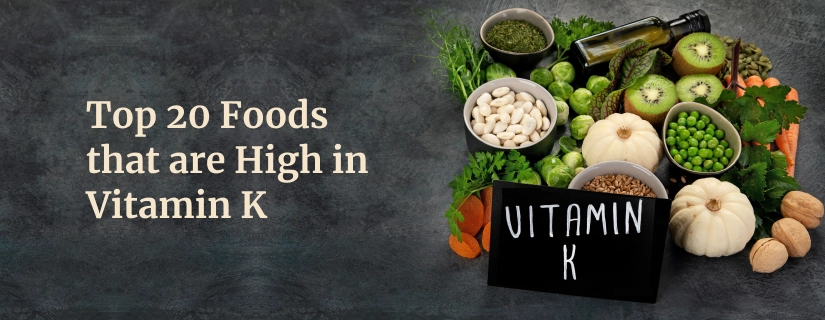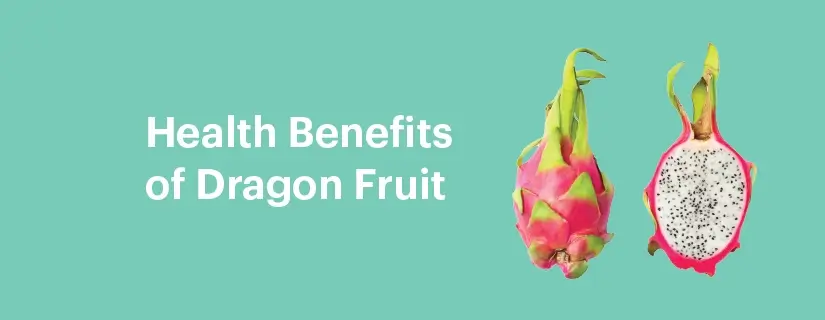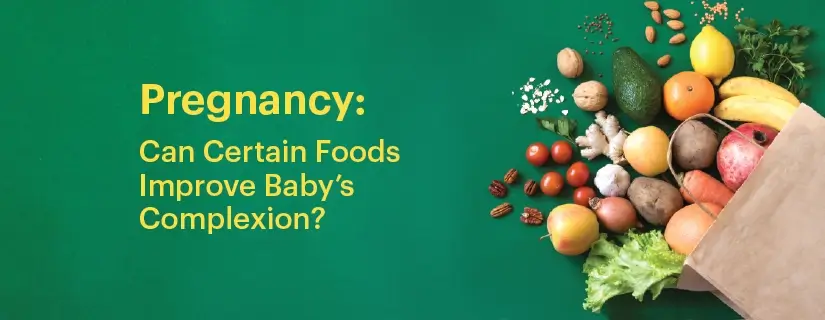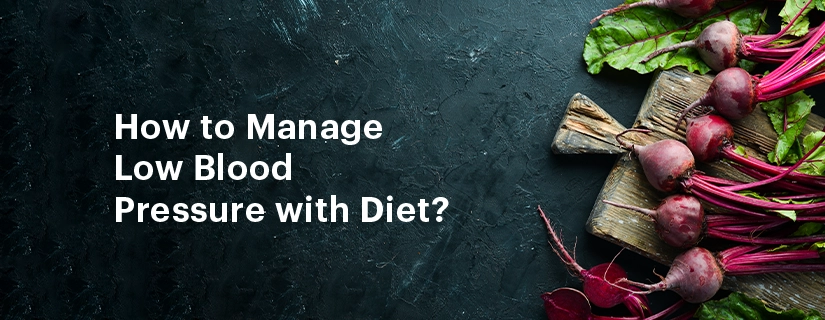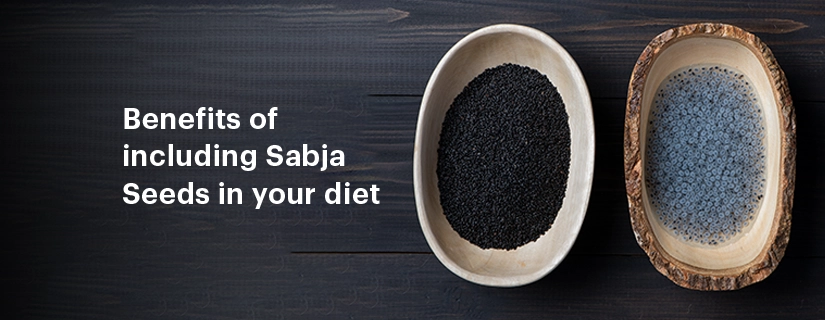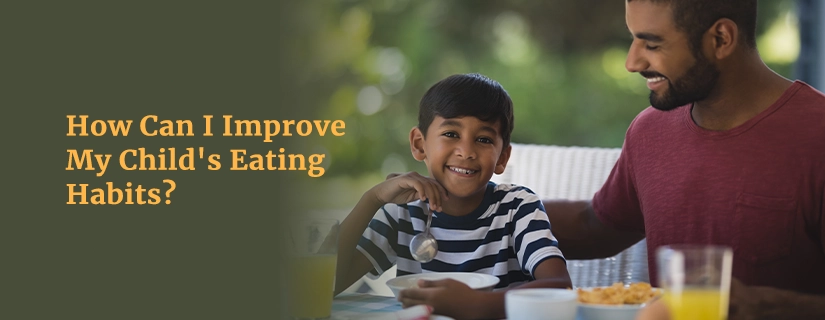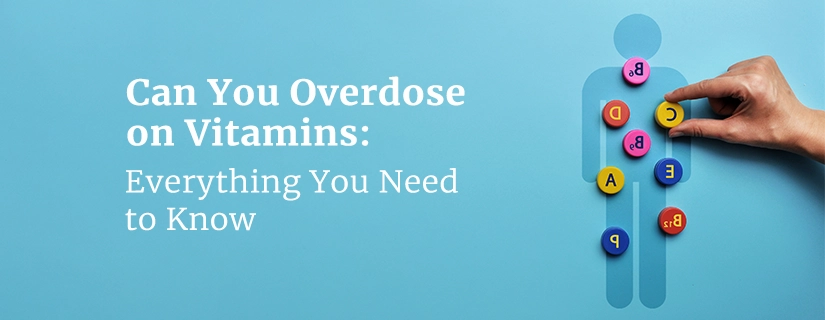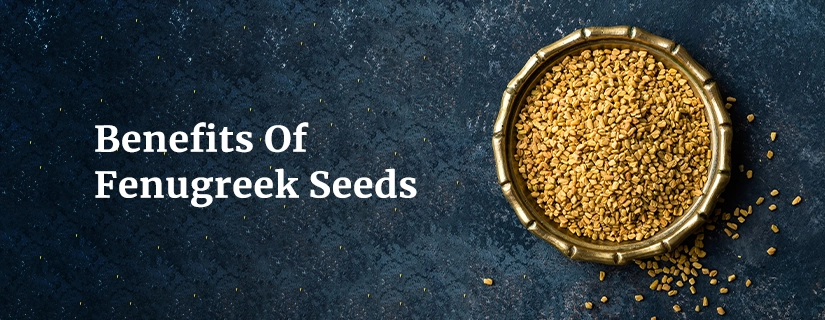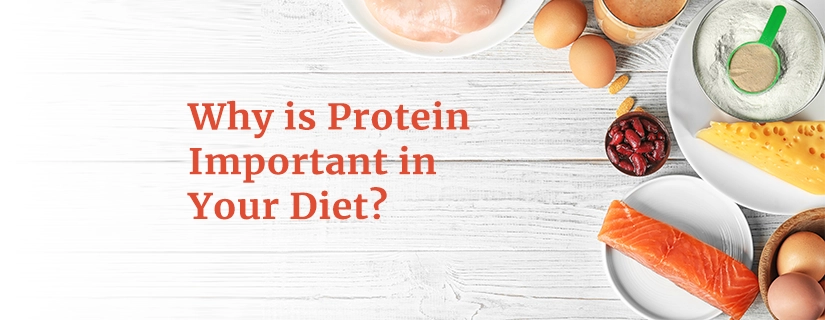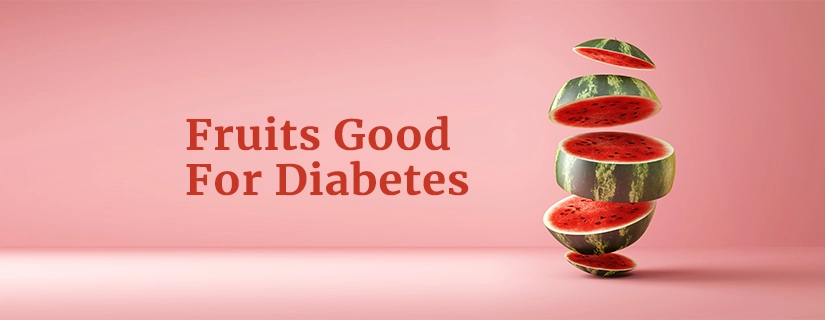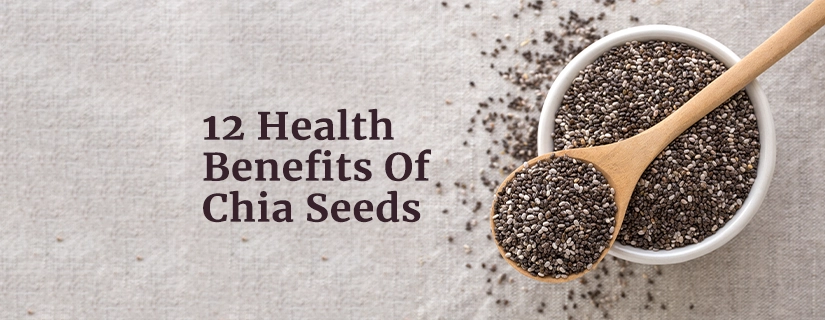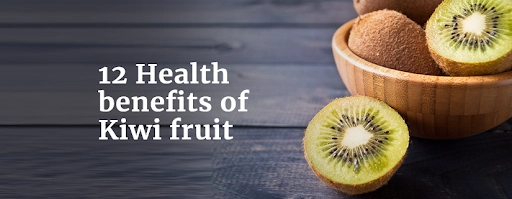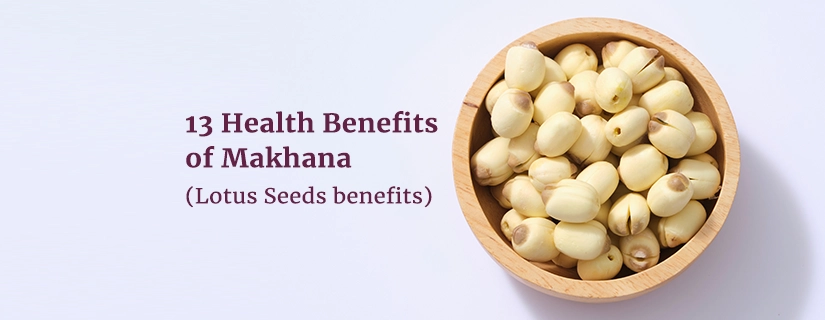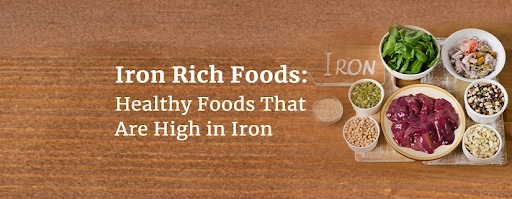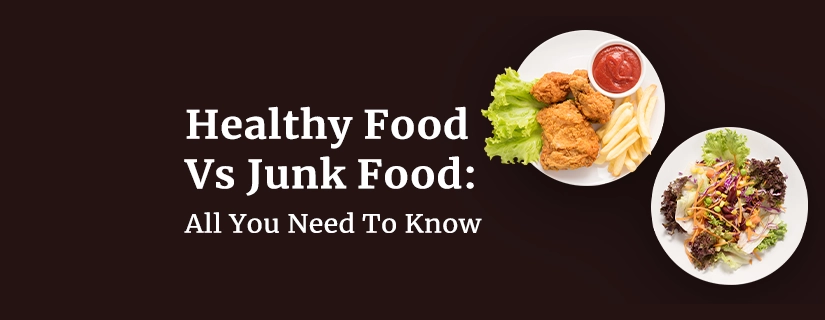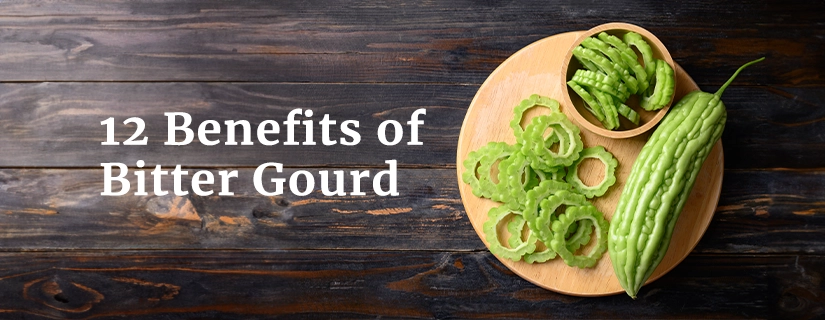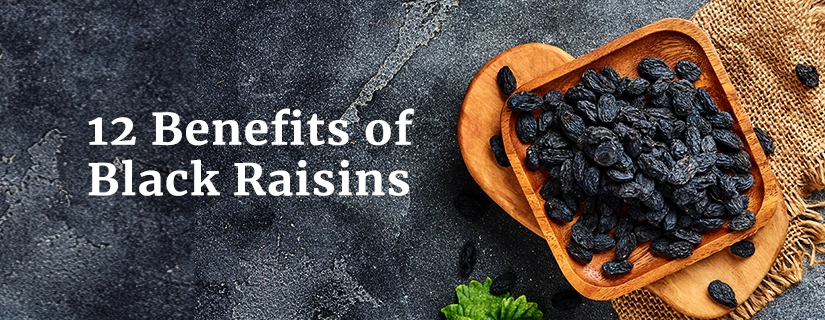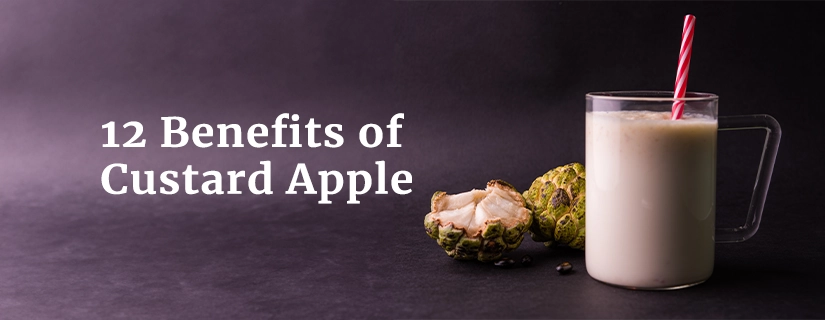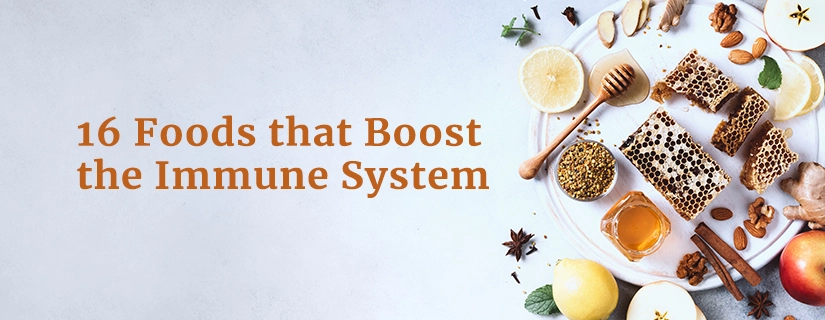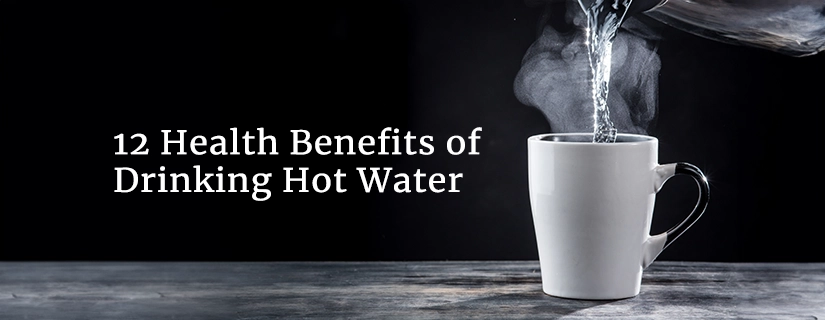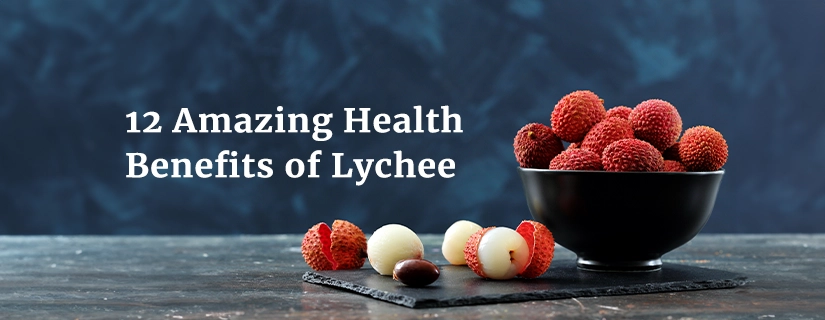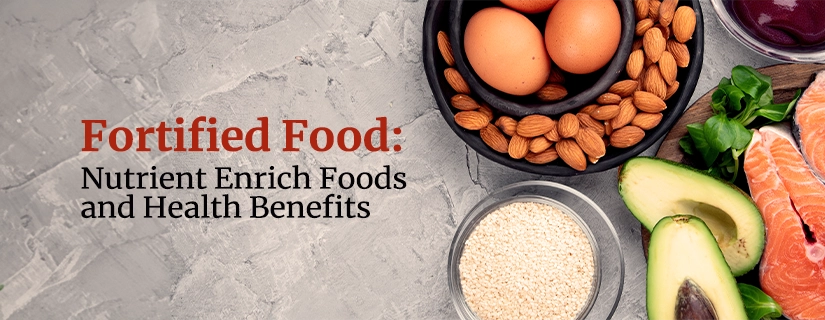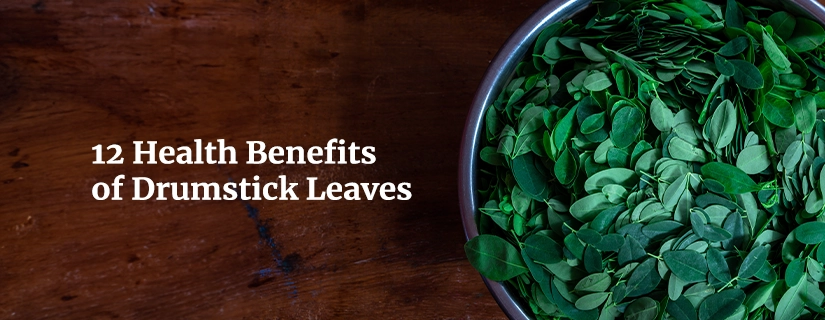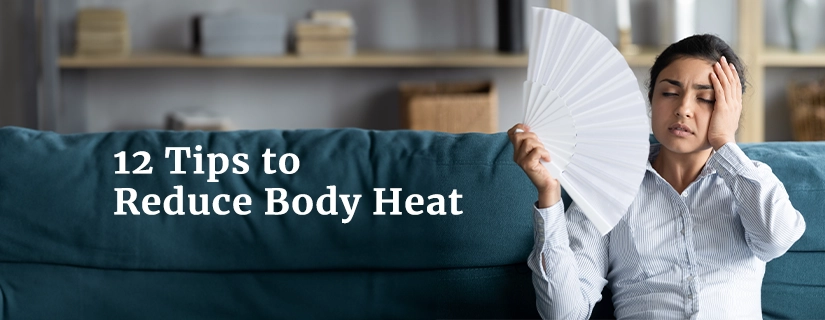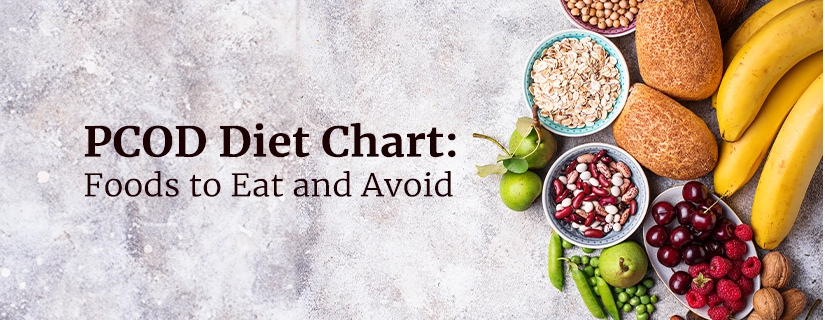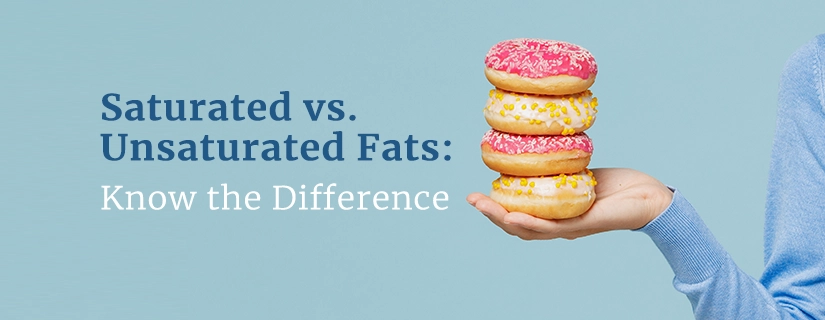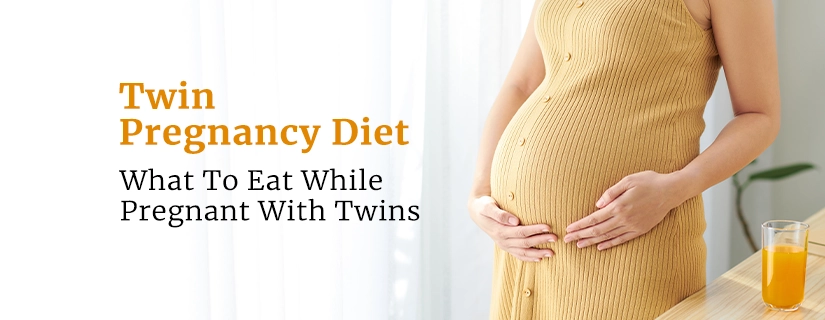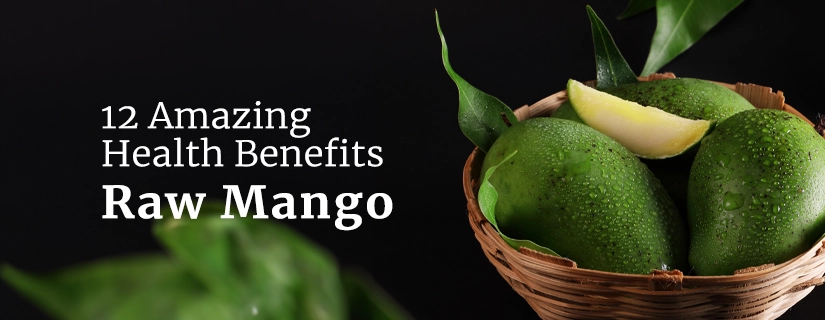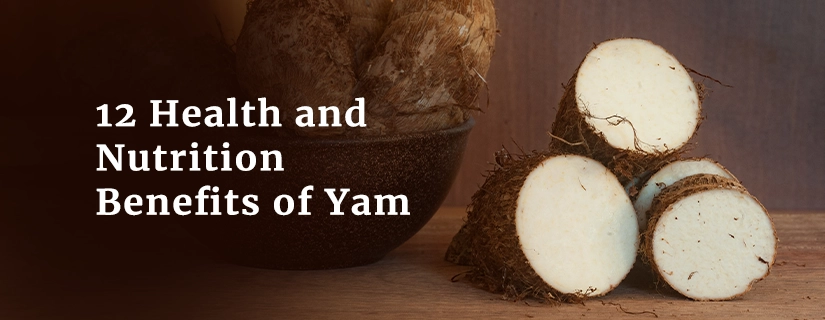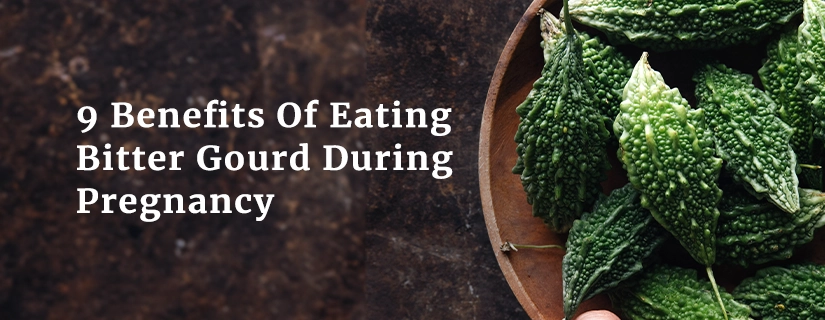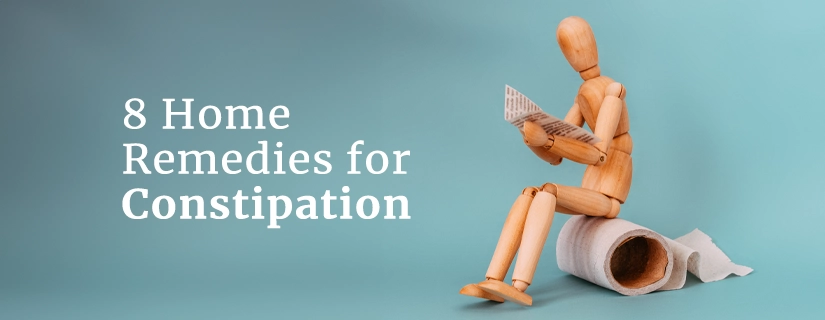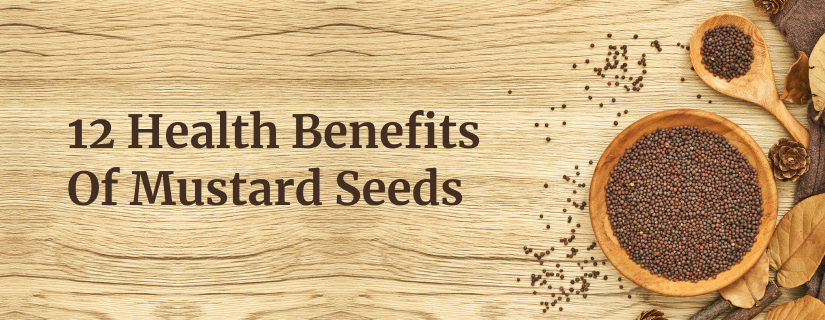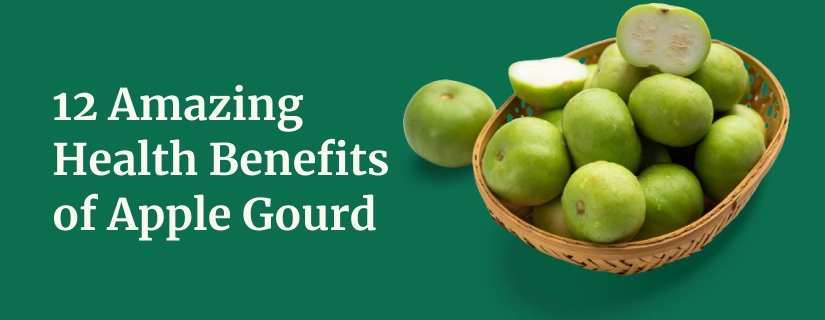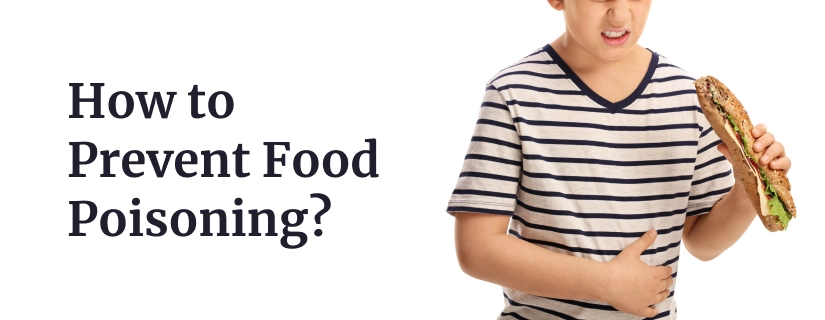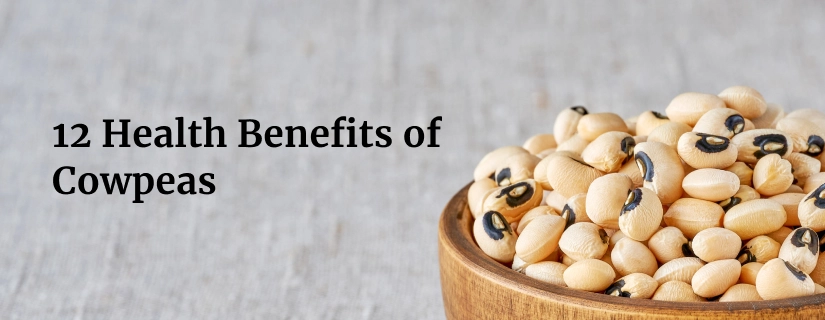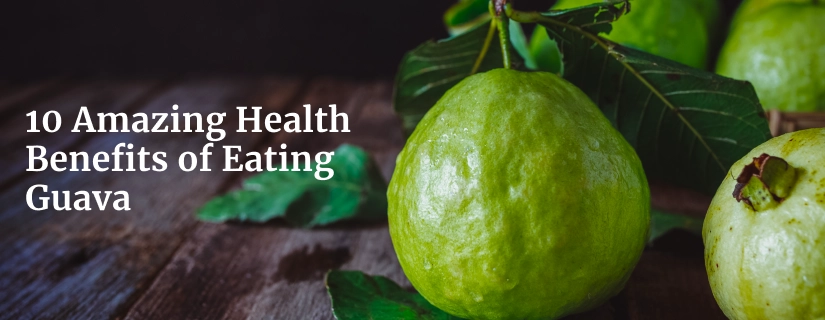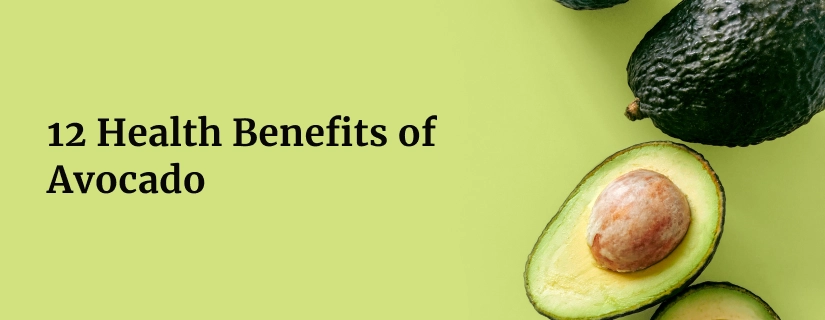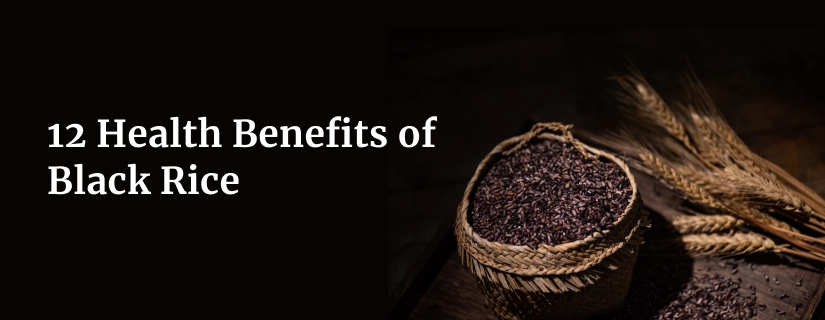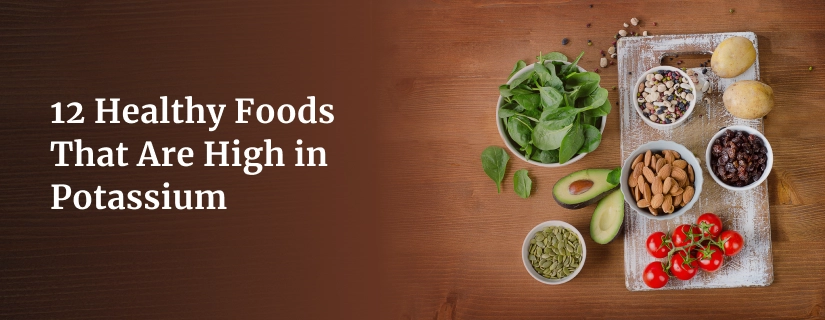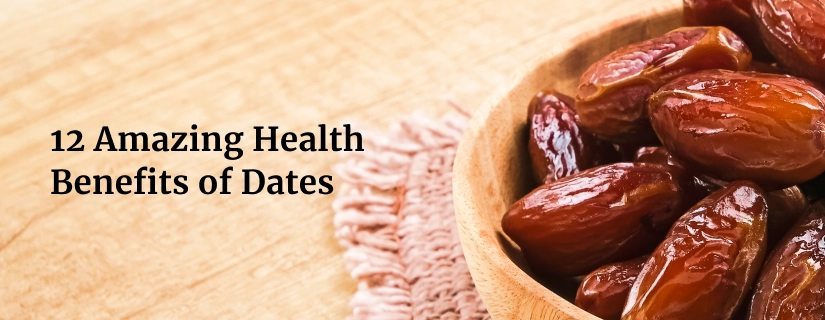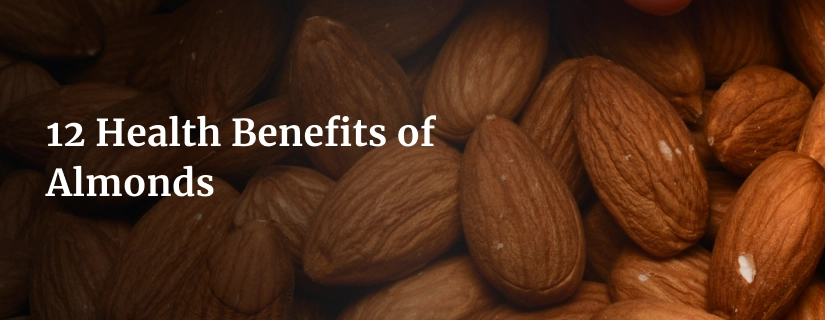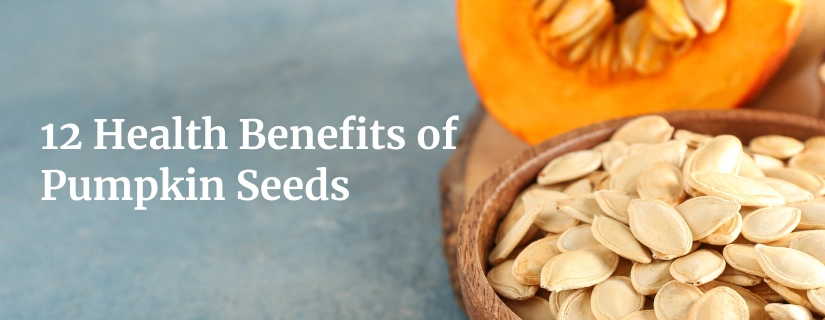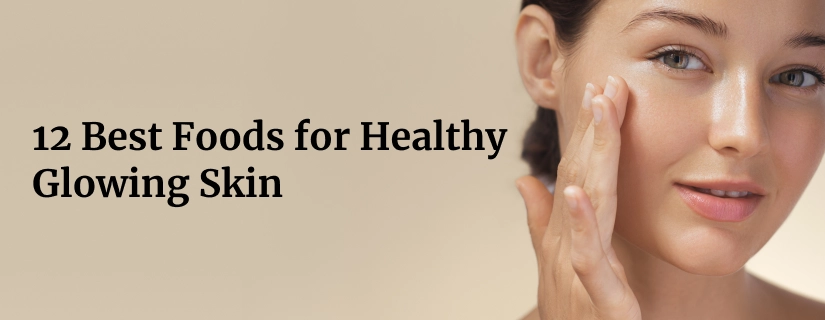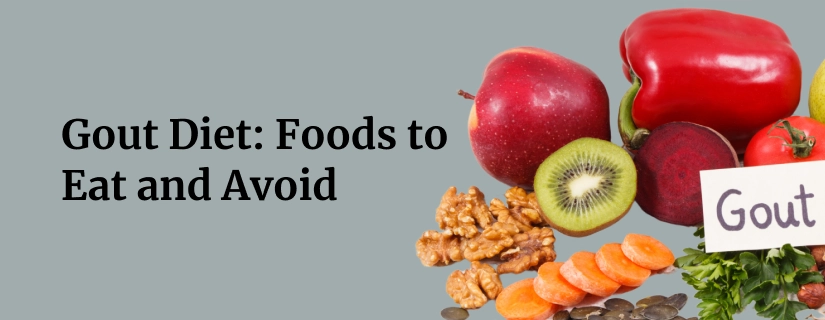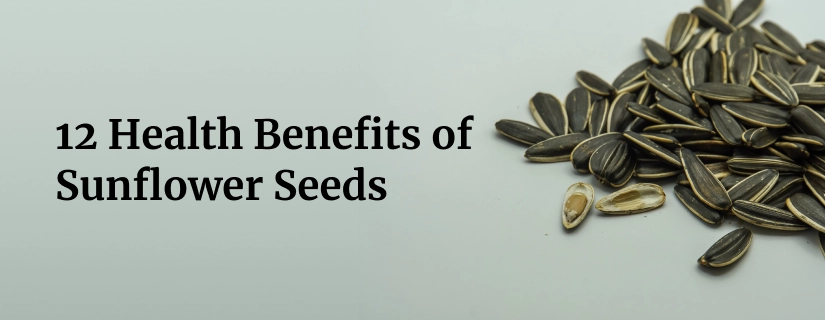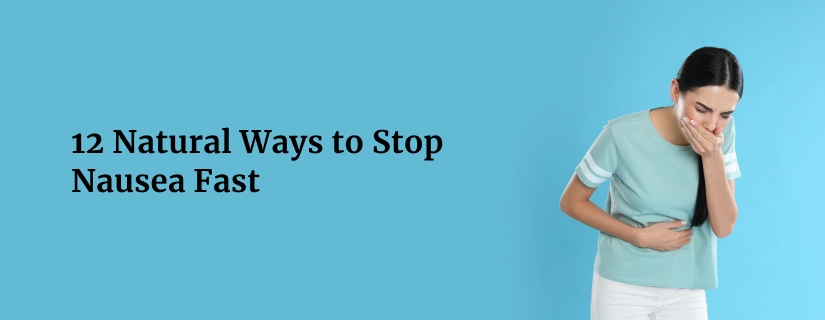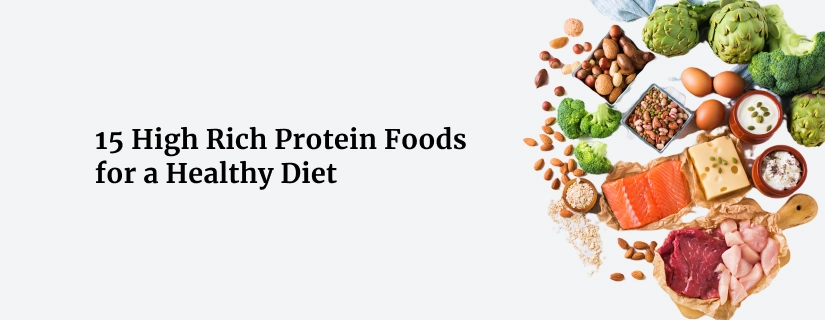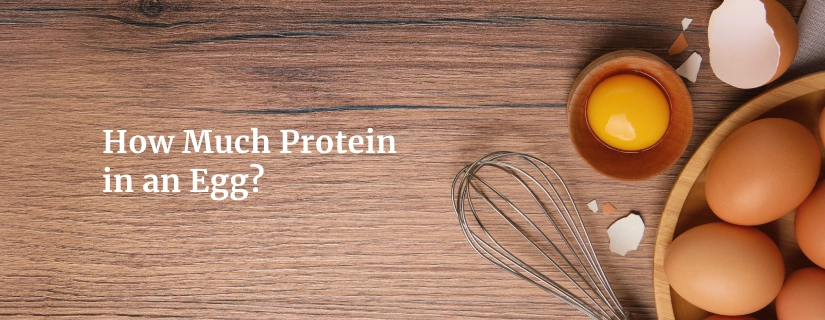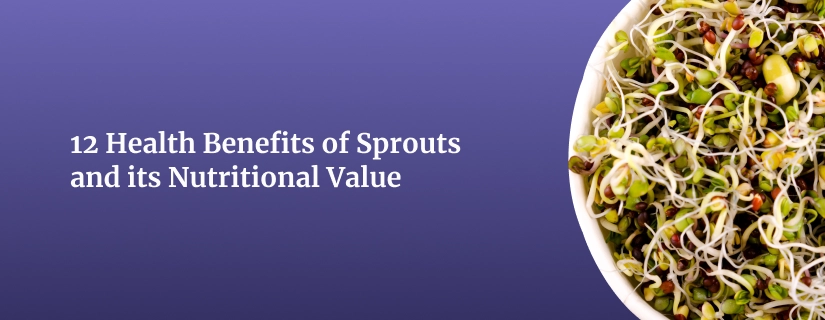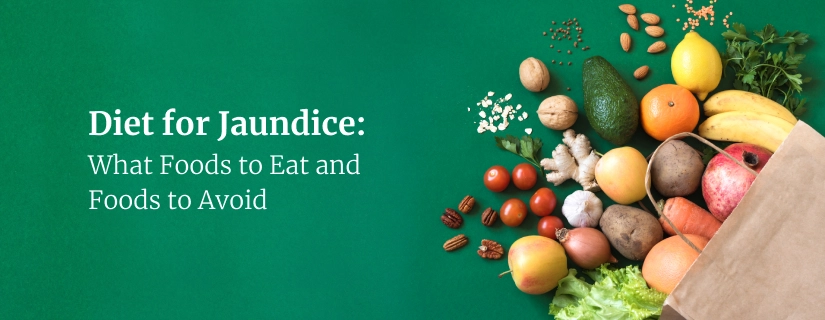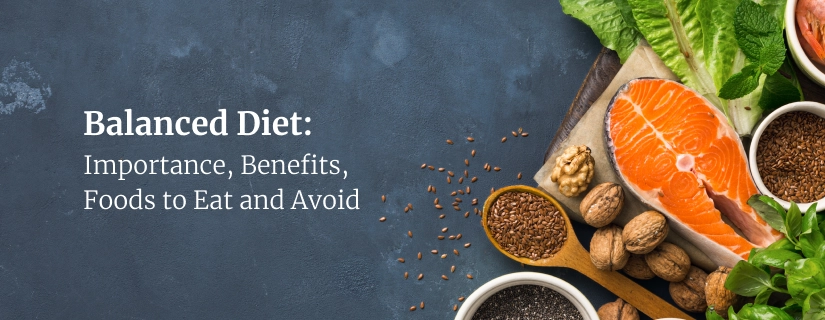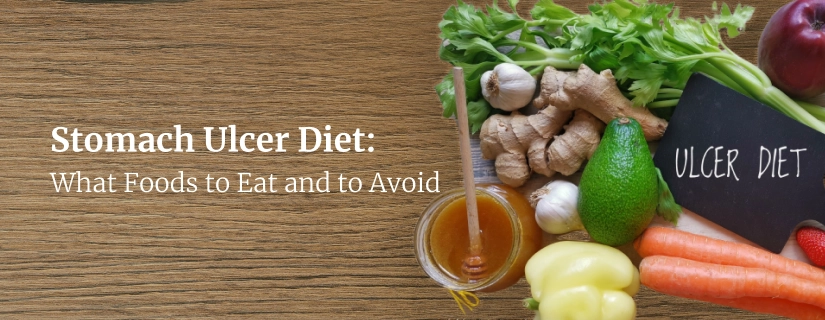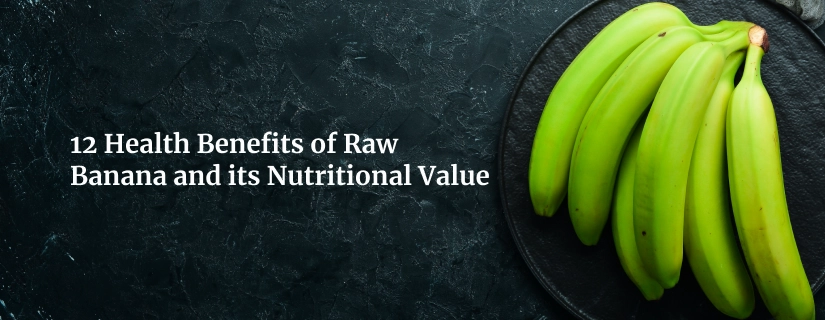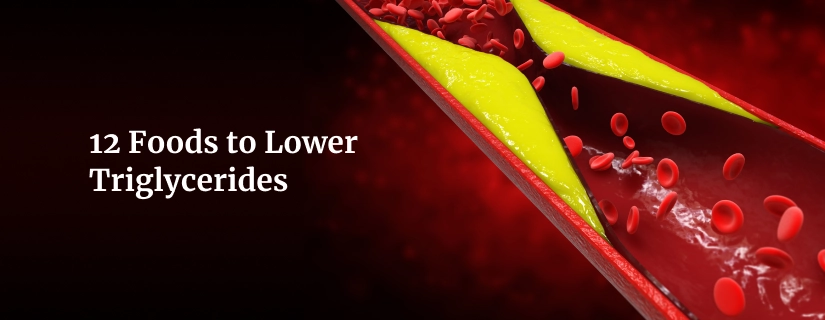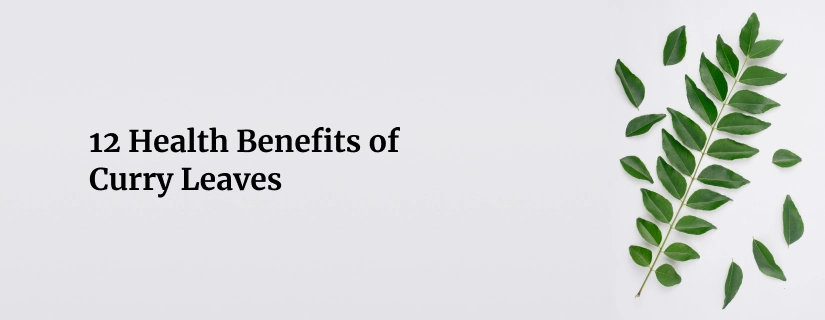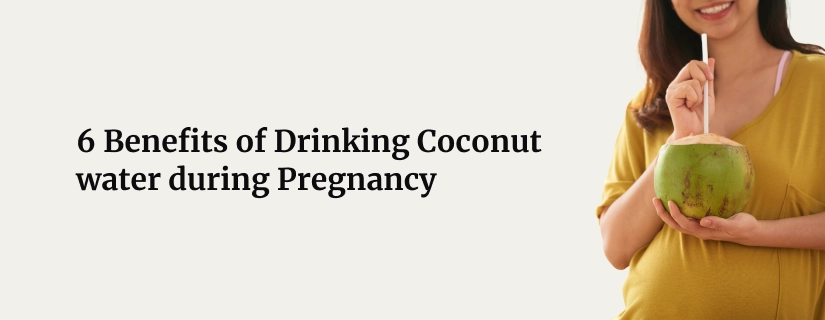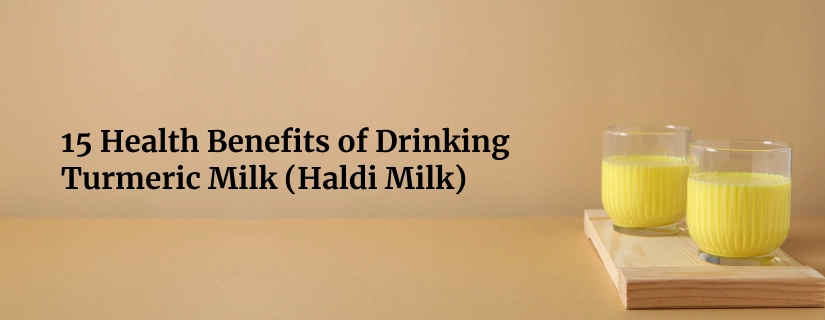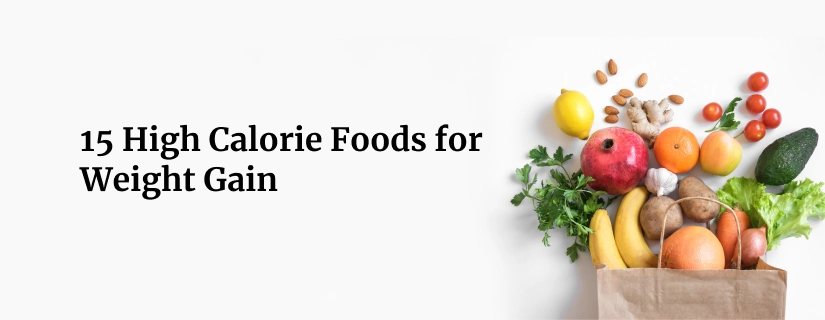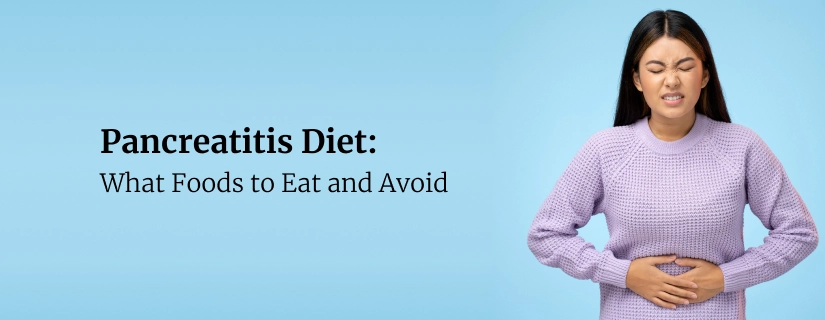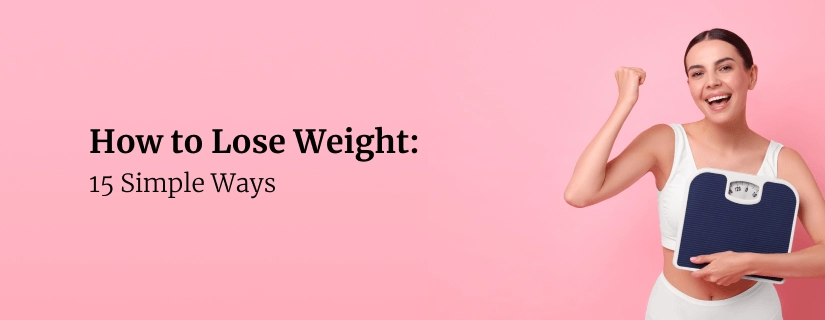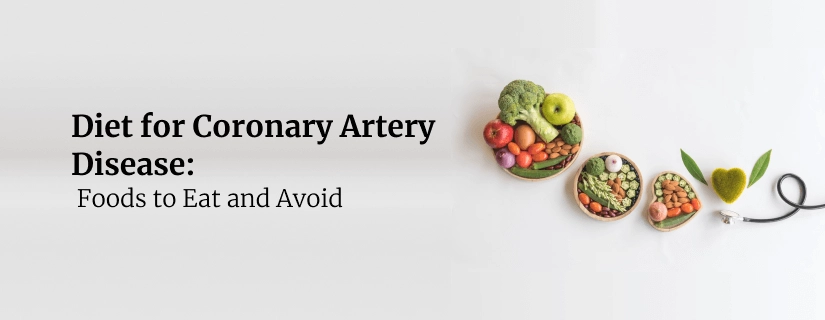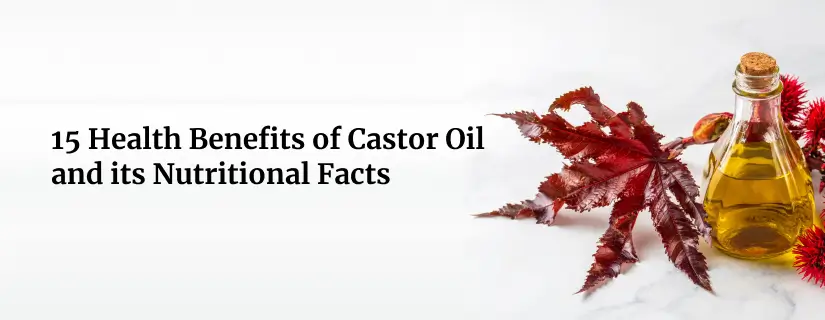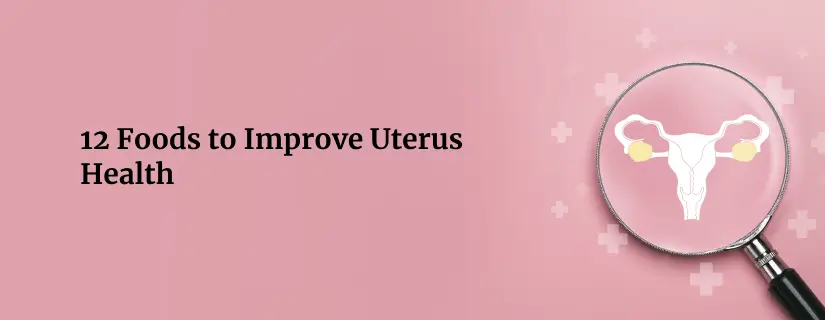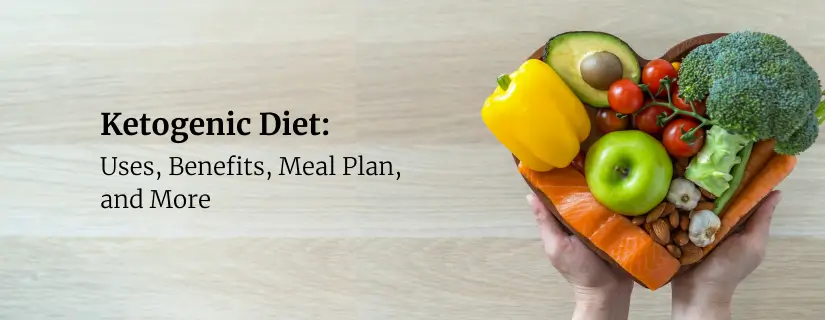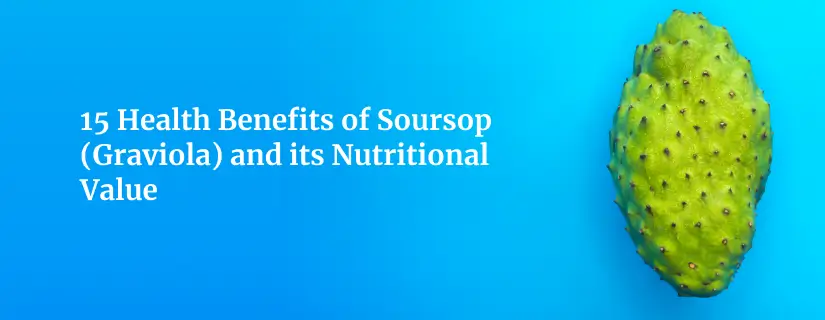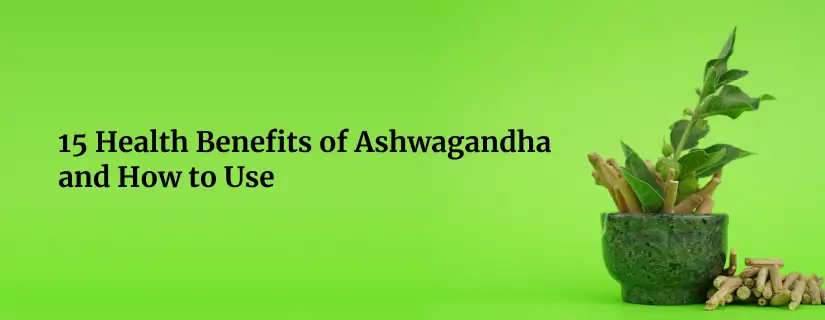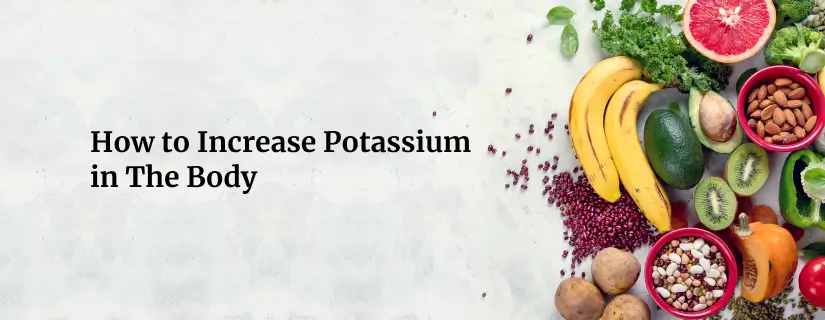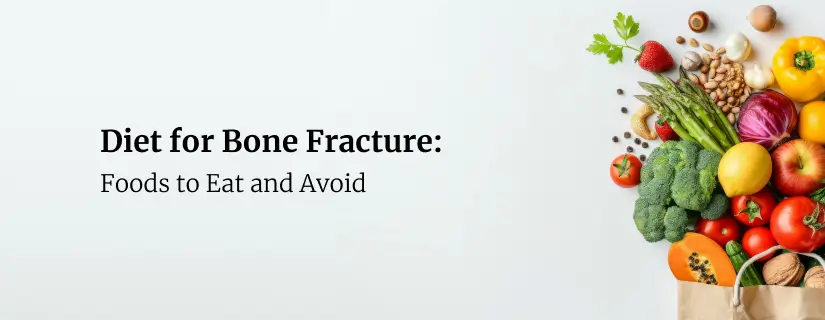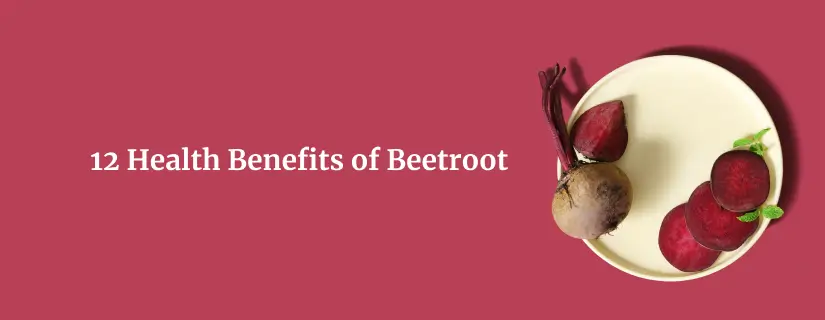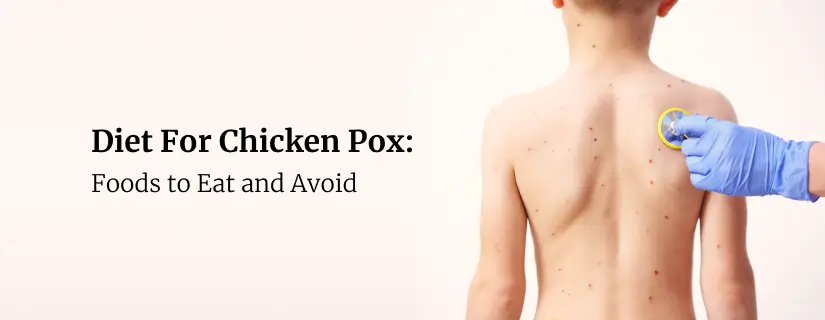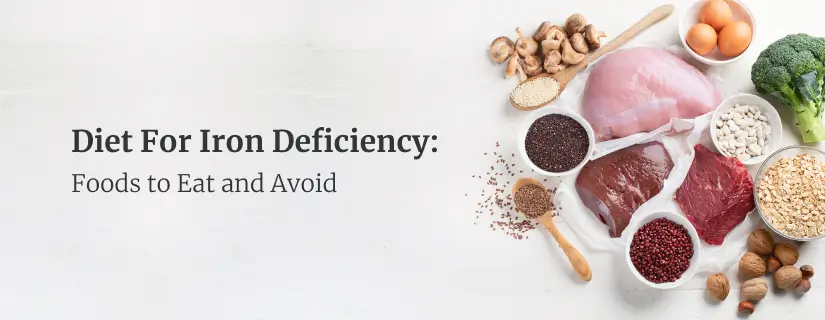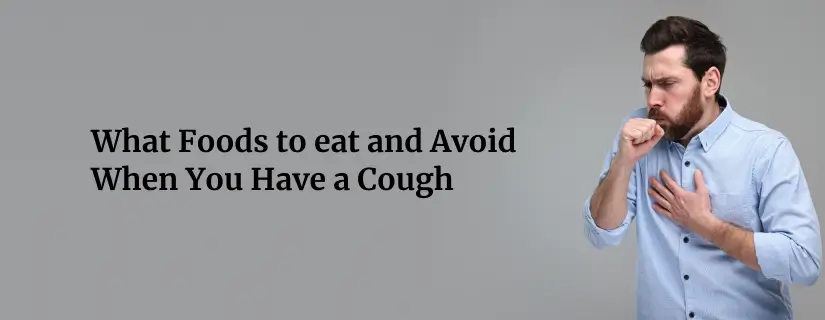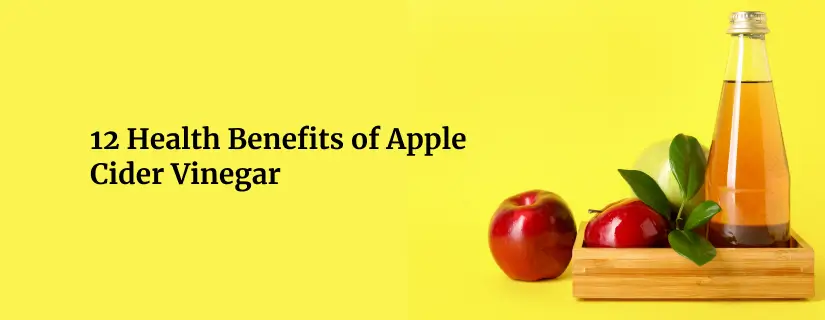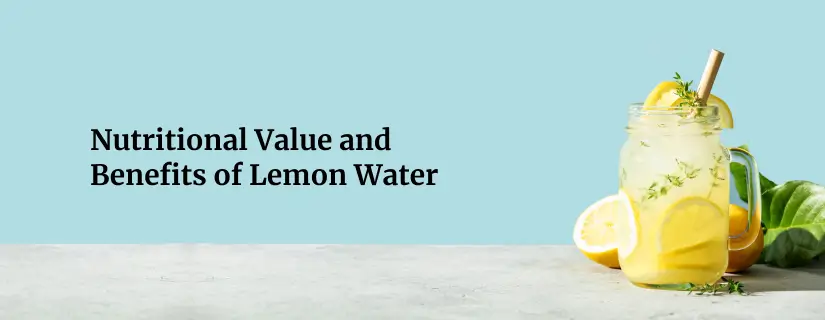-
Doctors
-
Specialities & Treatments
Centre of Excellence
Specialties
Treatments and Procedures
Hospitals & Directions HyderabadCARE Hospitals, Banjara Hills CARE Outpatient Centre, Banjara Hills CARE Hospitals, HITEC City CARE Hospitals, Nampally Gurunanak CARE Hospitals, Musheerabad CARE Hospitals Outpatient Centre, HITEC City CARE Hospitals, Malakpet
HyderabadCARE Hospitals, Banjara Hills CARE Outpatient Centre, Banjara Hills CARE Hospitals, HITEC City CARE Hospitals, Nampally Gurunanak CARE Hospitals, Musheerabad CARE Hospitals Outpatient Centre, HITEC City CARE Hospitals, Malakpet Raipur
Raipur
 Bhubaneswar
Bhubaneswar Visakhapatnam
Visakhapatnam
 Nagpur
Nagpur
 Indore
Indore
 Chh. Sambhajinagar
Chh. SambhajinagarClinics & Medical Centers
Book an AppointmentContact Us
Online Lab Reports
Book an Appointment
Consult Super-Specialist Doctors at CARE Hospitals
Tuberculosis Diet: What to Eat and What to Avoid
Updated on 25 June 2024
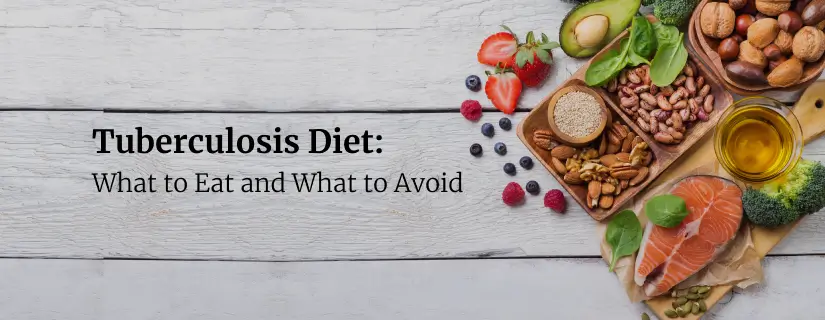
Tuberculosis (TB) isn't just a sickness of the lungs; it's a battle for your whole being. But in this fight, it's not just medicine that can save the day– it's what's on your plate too. A healthy diet is just like little warriors, boosting strength and helping you stand tall again. So, while the doctors do their part, let your meals be your partners in this journey to recovery.
Tuberculosis is a complex disease that requires a multifaceted treatment and management approach. While antibiotics and other medications are the primary means of treating the infection, the role of adequate nutrition must be considered. A well-balanced and nutrient-rich meal plan can help strengthen the immune system, support the body's natural healing processes, and alleviate some symptoms of TB.
In this blog, let's explore the essential components of a nutritional tuberculosis diet, provide knowledge about healthy dietary choices, and support your journey towards better health.
What to Eat in Tuberculosis
A tuberculosis diet should provide the body with the nutrients necessary to combat the infection and support recovery. Here are some of the vital food groups and items that you should include in a TB-friendly diet:
- Protein-Rich Foods:
- Lean meats (chicken, turkey, fish)
- Legumes (lentils, beans, chickpeas)
- Eggs
- Dairy products (low-fat milk, yoghurt, cheese)
- Nuts and seeds
- Fruits and Vegetables:
- Leafy greens (spinach, kale, collard greens)
- Citrus fruits (oranges, grapefruits)
- Berries (blueberries, raspberries, strawberries)
- Sweet potatoes
- Carrots
- Whole Grains:
- Brown rice
- Whole wheat bread and pasta
- Oats
- Quinoa
- Healthy Fats:
- Avocados
- Olive oil
- Fatty fish (salmon, mackerel, sardines)
- Nuts and seeds
- Fluids:
- Water
- Herbal teas
- Soups (vegetable, chicken, or bone broth)
These most recommended foods for tuberculosis provide essential vitamins, minerals, and antioxidants to support the body's immune function, promote tissue repair, and alleviate some common symptoms associated with tuberculosis, such as weight loss, fatigue, and respiratory distress.
What Foods to Avoid in Tuberculosis?
While a well-designed tuberculosis diet should focus on incorporating nutrient-dense foods, certain items should be limited or avoided. These include:
- Processed and High-Fat Foods:
- Fried foods
- Baked goods (cookies, cakes, pastries)
- Sugary drinks and snacks
- Processed meats (bacon, sausages, deli meats)
- Alcohol:
- Alcohol can be one of the members of your list of "food not to eat in TB". Alcoholic beverages can interfere with the absorption and utilisation of essential nutrients, as well as weaken the immune system.
- Caffeine:
- High amounts of caffeine can contribute to dehydration and disrupt sleep patterns, essential for the body's healing process.
- Raw or Undercooked Foods:
- Avoid raw or undercooked meats, eggs, and unpasteurised dairy products to minimise the possibility of foodborne illnesses.
By limiting these foods and focusing on a nutrient-rich, well-balanced diet, individuals with tuberculosis can support their overall health and wellness during treatment and recovery.
Tuberculosis Diet Chart
To help you plan and implement a tuberculosis-friendly diet, here is a sample diet chart that outlines the recommended food choices and portion sizes:
|
Meal |
Food Items |
|
Breakfast |
- Cheese Sandwich - 2 Plain dosa or 3 idlis with coconut chutney - Poha with green peas |
|
- Whole wheat toast with avocado and tomato |
|
|
- Vegetable smoothie with spinach, berries, and yoghurt - 2 Moong dal cheela with paneer filling |
|
|
Mid-morning Snack |
- Fresh fruit (e.g., apple, banana, orange) |
|
- Handful of mixed nuts |
|
|
Lunch |
|
|
- Steamed vegetables (e.g., broccoli, cauliflower, carrots) |
|
|
- 1 Cup soybean or chickpeas or rajma or paneer curry with two chapatis - 1 Cup green beans or palak paneer or cottage cheese vegetable with two chapatis |
|
|
Afternoon Snack |
- Roasted chickpeas or edamame
- Vegetable sticks with hummus |
|
Dinner |
|
|
|
- 1 Cup daal with 2 chapatis |
When to Consult a Doctor?
While a nutritional tuberculosis diet can significantly support the body's recovery, working closely with a doctor throughout treatment is essential. One can consult a doctor or a registered dietitian in the following situations:
- Diagnosis and Treatment Initiation: When a patient is first diagnosed with tuberculosis, a doctor develops a comprehensive treatment plan that includes medical and nutritional components.
- Dietary Modifications: If you have some restrictions related to a particular type of diet due to allergies or other health conditions that may impact your nutritional needs, a doctor can guide you on how to modify your diet to ensure optimal nutrient intake.
- Monitoring and Adjustments: Your body's nutritional needs may change throughout the course of tuberculosis treatment. Regular follow-up visits in a clinic help ensure your diet is adjusted to support your recovery.
- Supplementation: Sometimes, your doctor may recommend nutritional supplements to manage deficiencies or support the body's healing process.
Conclusion
A well-designed nutritional tuberculosis diet can be a powerful tool in supporting the body's recovery and building strength from within. Remember, a nutritional tuberculosis diet is not a substitute for medical treatment of the condition but rather a complementary approach to enhance the effectiveness of your overall care plan. Consult with your doctor or nutrition expert to develop a personalized dietary strategy that aligns with your specific needs and supports your path to recovery.
Dt. Sushma kumari
Dietetics & Nutrition
CARE Hospitals

ENQUIRY FORM
SELECT CATEGORIES
-
Neurosciences (16)
-
Neurology (37)
-
Neurosurgery (14)
-
Orthopaedics (48)
-
Oncology (33)
-
Obstetrics and gynecology (51)
-
Pulmonology (23)
-
Urology (20)
-
Nephrology (13)
-
Psychiatry (7)
-
Dietetics and Nutrition (111)
-
General Medicine (63)
-
Cardiac Sciences (30)
-
Vascular & Endovascular Surgery and Interventional Radiology (10)
-
Gastroenterology (46)
-
Endocrinology (23)
-
Plastic Surgery (10)
-
Critical Care Medicine (5)
-
COVID-19 (16)
-
Dermatology (16)
-
Emergency Care (1)
-
Ophthalmology (4)
-
Pediatrics (14)
-
Laparoscopic and Bariatric Surgery (8)
-
ENT (15)
-
Kidney Transplant (1)
-
Liver Transplantation and Hepatobiliary Surgery (5)
-
General Surgery (3)
-
Internal Medicine (5)
-
Medicine Information
12 Health Benefits of Papaya and Nutrition Value
15 Home Remedies for Stomach Pain
YOU MAY ALSO LIKE
RECENT BLOGS
-

Direct Anterior Approach in Total Hip Replacement: Advantages and Challenges
10 April 2025
Read More
-
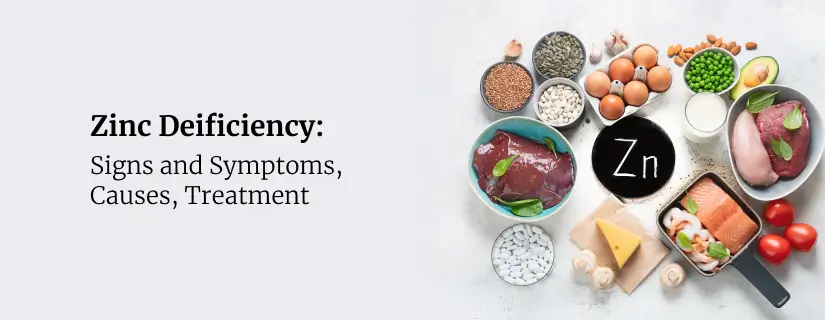
Zinc Deficiency: Signs and Symptoms, Causes, Treatment
9 April 2025
Read More
-

Chest Pain When Coughing: Causes, Treatment and Home Remedies
9 April 2025
Read More
-
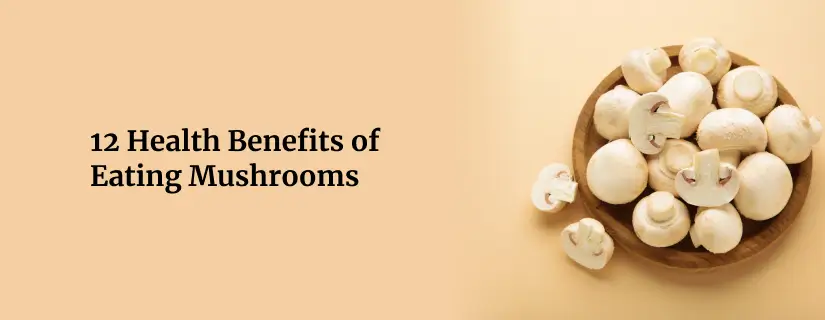
12 Health Benefits of Eating Mushrooms
8 April 2025
Read More
-

7 Health Benefits of Blood Donation You Should Know About
8 April 2025
Read More
-

Implantation Bleeding Vs Periods: Know the Difference
28 February 2025
Read More
-

Bloating During Ovulation: Symptoms, Causes and Remedies
28 February 2025
Read More
-

Itching During Dengue: Causes, Treatment and Home Remedies
18 February 2025
Read More
Have a Question?
If you cannot find answers to your queries, please fill out the enquiry form or call the number below. We will contact you shortly.



